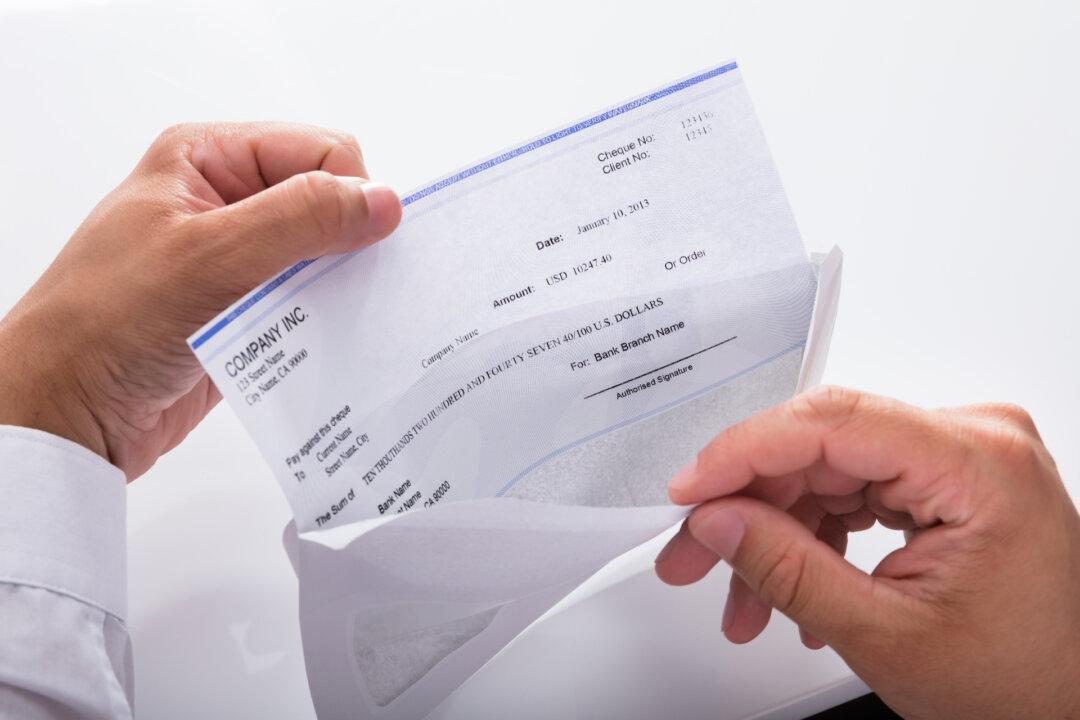Dear Mary: Can you clarify expiration dates on food products? When it says “sell by 4/01/21,” does that mean it has to be used or just sold by that date? Others show a date of, say, “2/01/23” on canned or packaged goods. Does that mean you need to use it by this date, or what? Some canned or packaged products don’t seem to have any date that I can find. Why is that? I’m so confused! —Bobbye
Dear Bobbye: Great question! The answer, which I can promise you will be much longer than your question, may surprise you.
While most food processors date and code their products, the Food and Drug Administration mandates dating ONLY on infant formula and baby food. Everything else is voluntary. Still, the food industry generally follows certain guidelines suggested by the FDA.
Phrases like “best before,” “better if used before” or “best if used by” tell you how long the product will retain its best flavor and highest quality. They are found on products like baked goods, cereals, snacks, and some canned foods. The food is still safe to eat after this date, but it may have changed in taste and or texture.
The “sell by” date is usually found on highly perishable foods such as meat, milk, and bread. This date guides the rotation of shelf stock and allows time for the product to be stored and used at home. The product is still safe and wholesome past this date. For example, milk will usually be good for at least a week beyond its “sell by” date, if properly refrigerated. Meat that has arrived at its “sell by” date should be either consumed or frozen within 24 hours. You can also extend the useful life of milk and baked goods by freezing within a day or so of the “sell by” date.
“Expiration,” “use by,” or “use before” are phrases that appear on yogurt, eggs, and other foods that require refrigeration. Other dating terms are guidelines, but this one means what it says. If you haven’t used the product by this date, toss it out.
“Guaranteed fresh.” This date is often used for perishable baked goods. Beyond this date, freshness is no longer guaranteed, although the product may still be edible.
Some products bear a “pack date,” indicating when it was packaged, although this date is often encrypted so that only manufacturers, wholesalers, and retailers can read it. The pack date on some products, such as eggs, is shown by numbers 1 through 365; Jan. 1 is No. 1, and Dec. 31 is No. 365. In other coding, letters A through M (omitting the letter I) are often assigned to the months, with A being January and M being December, plus a numeric day either preceded or followed by the numeric year.
The point in all of this is that the fresher your food, the better it is. And processors want to assure customers that their products will remain at peak quality for certain periods of time.
Pro tip: In a properly stocked store, the freshest items will be at the back of the shelf or underneath older items.
Would you like more information? Go to EverydayCheapskate.com for links and resources for recommended products and services in this column. Mary invites questions, comments, and tips at EverydayCheapskate.com, “Ask Mary.” This column will answer questions of general interest, but letters cannot be answered individually. Mary Hunt is the founder of EverydayCheapskate.com, a lifestyle blog, and the author of the book “Debt-Proof Living.” Copyright 2020 Creators.com






Friends Read Free